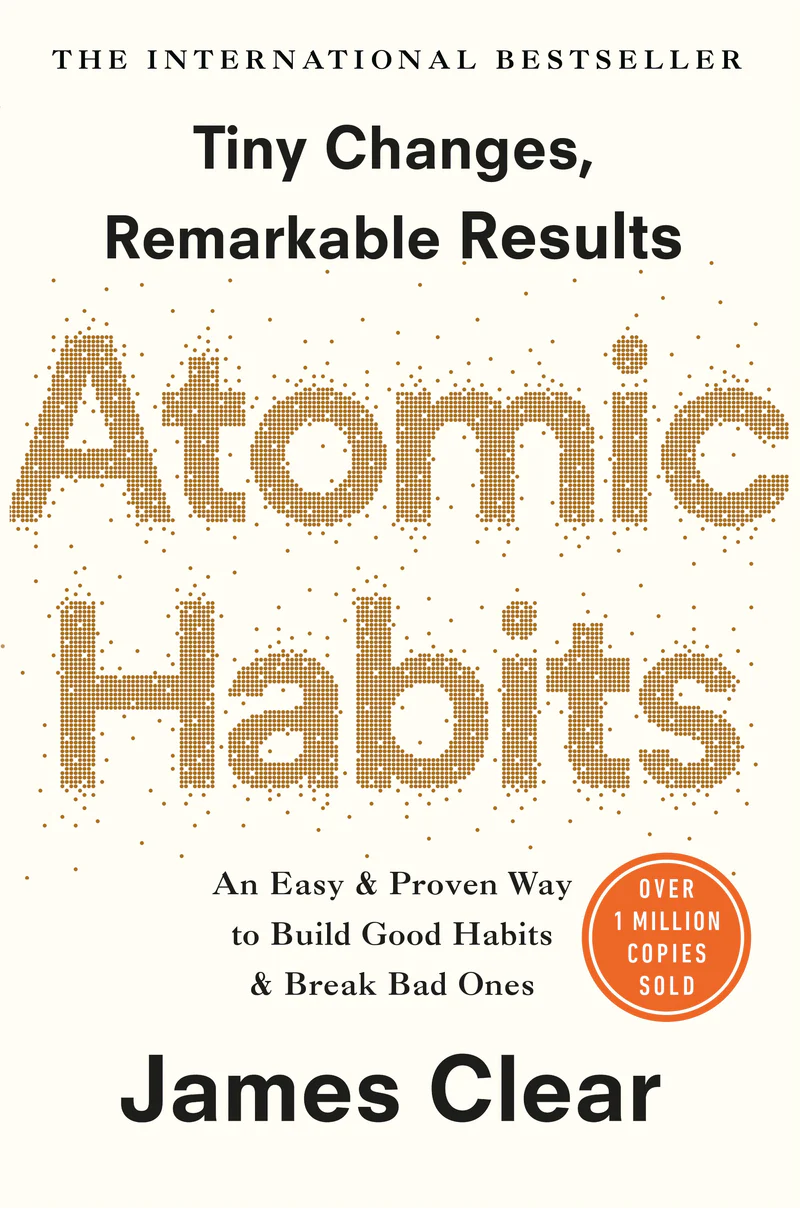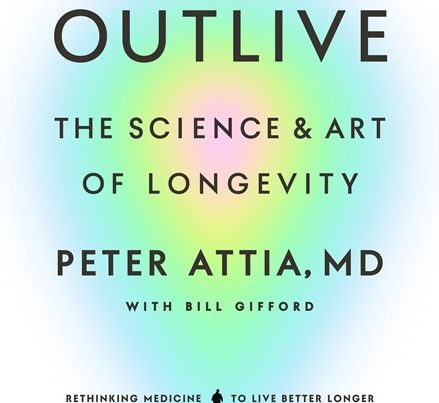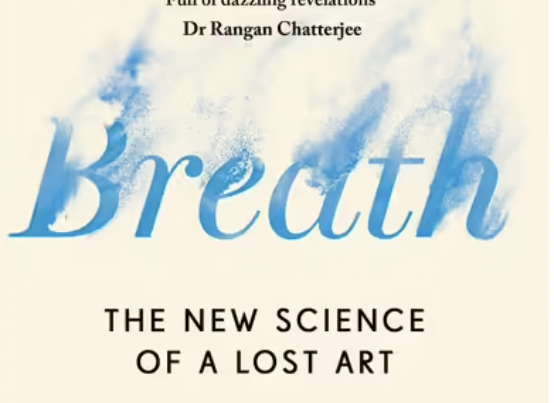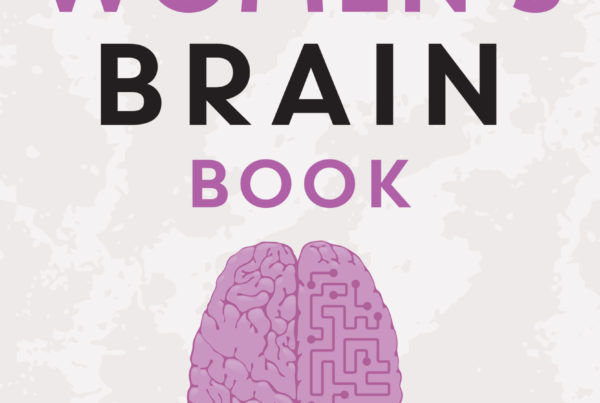Atomic Habits: An Easy & Proven Way to Build Good Habits & Break Bad Ones
By James Clear
Habits are the building blocks of our daily routines, shaping our lives in ways that we may not even realize. Whether good or bad, habits have a powerful impact on our well-being, and it’s important to understand how we can create new, positive habits that stick. In his book “Atomic Habits: An Easy & Proven Way to Build Good Habits & Break Bad Ones,” James Clear provides a comprehensive framework for habit formation that is both effective and easy to implement.
Clear defines an “atomic habit” as a small, deliberate action that is easy to repeat and gradually compounds over time to create a significant impact. He argues that the key to developing new habits is to start small and focus on the process, rather than the outcome.
One of the key concepts in “Atomic Habits” is the idea of habit stacking. This is the process of adding a new habit onto an existing habit that you already have. For example, you might make a habit of going for a walk after you have finished your dinner. By linking the new habit to an existing one, you increase the chances that it will stick.
Clear also emphasizes the importance of creating an environment that supports your habits. This can mean everything from surrounding yourself with people who support your goals to creating a physical space that makes it easier to stick to your habits. For example, if you want to develop a habit of reading every day, you might create a dedicated reading area in your home, complete with a comfortable chair and good lighting.
Another important aspect of habit formation is to have a clear reason why you want to create a new habit. This reason should be deeply personal and meaningful to you, and it should motivate you to keep going even when the going gets tough. For example, if you want to develop a habit of exercise, it might be helpful to think about how it will improve your health, give you more energy, or help you feel better about yourself. To reach the desired outcome may involve building tiny habits like simply getting changed into exercise clothes, when that is a habit, drooping by the gym for 10 minutes every day…. whatever easy, small step that helps take you in your desired direction.
Finally, Clear stresses the importance of being patient and persistent in developing new habits. Habit formation is not a one-time event, but rather a gradual process that takes time and effort. It is important to recognize that setbacks and slip-ups are normal, and to be kind and compassionate with yourself when they happen. Instead of giving up, focus on getting back on track and recommitting to your habits.
Every time we perform a habit, we execute a four-step pattern: cue, craving, response, reward. If we want to form new habits, we should make them obvious, attractive, easy, and satisfying.
In conclusion, “Atomic Habits” provides a comprehensive and effective framework for habit formation that is easy to understand and implement. By focusing on small, deliberate actions, creating an environment that supports your habits, having a clear reason why, and being patient and persistent, you can develop new habits that will have a positive impact on your life. Whether you want to exercise more, read more, or develop any other habit, this book is an excellent resource that can help you get started.
“All big things come from small beginnings. The seed of every habit is a single, tiny decision. But as that decision is repeated, a habit sprouts and grows stronger. Roots entrench themselves and branches grow. The task of breaking a bad habit is like uprooting a powerful oak within us. And the task of building a good habit is like cultivating a delicate flower one day at a time.”






